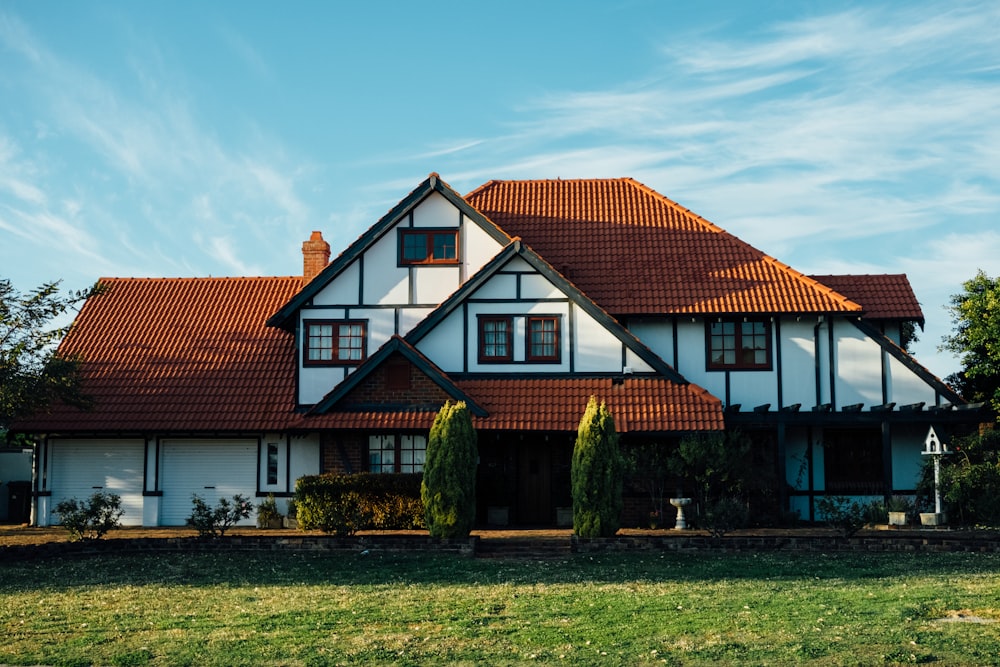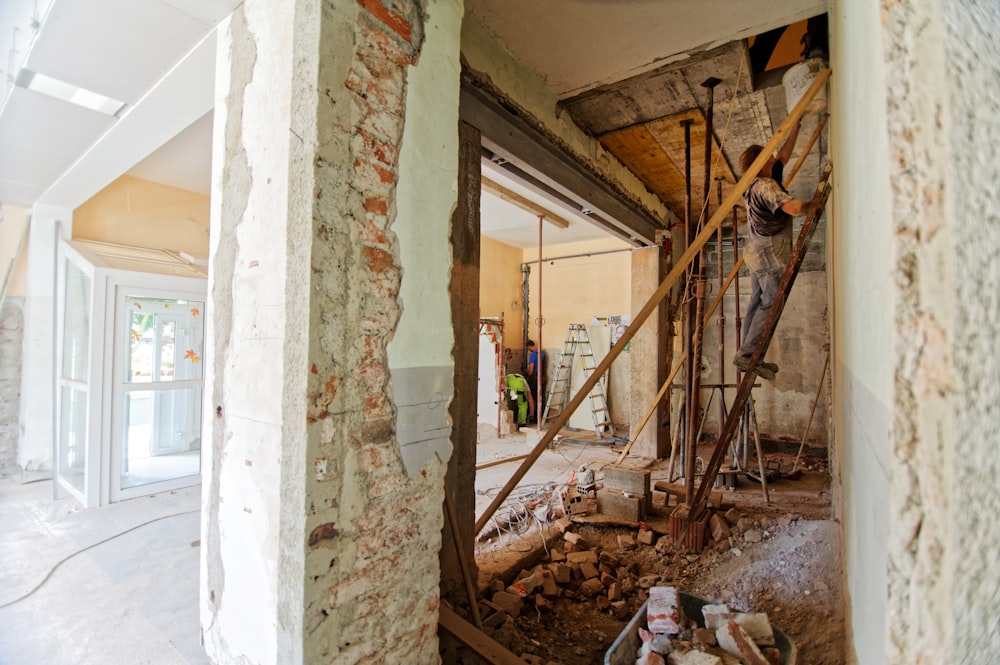How To Analyze Real Estate Deals
https://www.c4dcrew.com/wp-content/uploads/2020/05/C4D-Post-Design-1.png 1000 500 Sam Radbil Sam Radbil https://secure.gravatar.com/avatar/0cd60208d9de9b4ec7236a52868375f0187854b5ee1fefa7603d0294819d3045?s=96&d=mm&r=gHow to analyze real estate deals?
That question is asked by millions of Americans every single year.
While investing in real estate is a goal shared by many Americans, it is a stable asset class that has the potential to produce life-changing wealth, provided you know how to analyze real estate deals and take action when the opportunity arises.
If you harbor ambitions of taking your first steps in real estate investment, you’re in luck. The objective of this post is to provide a high-level overview of what you need to know to analyze fix and flip projects and investment properties. Let’s get started.
How To Analyze Fix and Flip Deals
You Need To Know the Expected Return On Investment
There are a large number of variables that you need to consider when analyzing a fix and flip deal. Of these variables, Return On Investment (ROI) is arguably the most important.
Here is a simple way to analyze the ROI of a fix and flip property. For every dollar that you spend on the project, how many dollars do you expect to get back? The actual formula for ROI is relatively simple. You take the net profit, divide it by the total amount invested, and multiply that number by 100.
To help solidify the importance of ROI, it’s worth using an example, based on actual property flipping stats. According to Attom Data Solutions, it is common for property flippers to achieve an ROI of 40% (the average ROI from US property flips ranged from 38-42% in each quarter during 2019).
In other words, if you were to invest $200,000, it is conceivable to make $80,000 dollars in the process, based on the 40% ROI figure taken from Attom.
In this example, it is worth demonstrating the ROI formula in action.
- ROI = Net Profit / Total Amount Invested * 100
- ROI = $80,000/$200,000*100
- ROI = 40%
At this point, it should be clear that flipping properties can be a powerful way to build wealth, whether you pursue it full time or as a secondary income source. However, in order to gain a more concrete understanding of the potential ROI, you need to factor in all the projected expenses.
Fortunately, a hard money loan calculator can make this reasonably simple to do. The calculator will help you understand the expected loan costs, broker fees and property taxes that will ultimately form part of your final ROI calculation.
You Must Be Able To Identify, Acquire & Improve Undervalued Properties
Of all the skills that a property flipper needs to possess, the ability to identify undervalued homes sits right at the top of the list. When analyzing a potential flip, you need to have a firm grasp of how you can dramatically improve the selling price.
For instance, modern homes with premium finishes leave very little room for improvement. While some interior design changes could create a small lift in property value, the reality is that it would be difficult to sell a property of this nature for more than the original purchase price, in a short space of time (naturally the property value could appreciate significantly over a number of years).
However, older homes with outdated finishes, ugly exteriors and isolated kitchens can be a dream come true for property flippers. In such cases, there is potential to improve the exterior and the interior components of the property, which can result in a dramatic increase in property value.
Knowing the After Repair Value Is Super Important
It is common for property flippers to refer to the ‘After Repair Value’ or ARV for short. This represents the expected value of the property after all the renovations have been completed.
While there are a few ways to calculate the ARV, assessing similar properties in the area is by far the most common.
Comparable properties are often called ‘comps’ for short and they can make or break a property deal. The basic premise is fairly simple. If a medium size 3 bedroom 3 bathroom house in a particular suburb of Dallas Texas is worth $300,000, there’s a good chance that a house with similar features will be worth roughly the same price.
To learn more, this guide provides a fairly detailed overview of how to calculate ARV.
Remember To Use The 70% Rule To Calculate The Maximum Purchase Price
This is a rule that many property investors use to quickly assess if a property flip is likely to be profitable. Once you have established the expected after repair value of the property, you simply multiply that amount by 70%. This gives you a fairly reliable maximum purchase price to work with.
When you are ready to enter negotiations with the seller, you can approach them with a concrete understanding of what you can afford. Pre-calculating the maximum purchase price is a safety mechanism that you can and should build into the deal. Fortunately, this doesn’t take very long to do, and it is something you will become increasingly familiar with as your experience with property flipping grows.
How To Analyze Rental Property Deals
Investing in rental properties presents a different set of challenges to a typical fix and flip. Where property flipping requires you to have a discerning eye for a property’s true potential, rental property investing is less demanding in this respect.
For instance, it is entirely possible to buy a turnkey property that requires absolutely no improvements before your first tenant moves in. This increases the pool of potential properties to choose from and it also introduces a series of relatively simple mathematical tools that you can use to analyze the deal.
We will now take a look at 3 very useful tools for analyzing rental properties specifically.
Tool 1 – Cash Flow:
A basic estimate of potential cash flow is a good place to start when analyzing a rental property. This basic summary from fool.com sums it up quite nicely:
- Determine the gross income from the property.
- Deduct all expenses relating to the property.
- Subtract any debt service relating to the property (ie the cost of the loan)
- The difference is the property’s cash flow.
In other words, to work out the cash flow of the property, you simply need to calculate the gross income, subtract all the expenses, and then subtract the mortgage payments. Once you’ve calculated the cash flow, you can turn your attention to the expected cash-on-cash return.
Tool 2 – Cash on Cash Return:
The point of calculating the cash-on-cash return is to figure out how much money you are likely to make from the money you have invested into a rental property. It is calculated on a pre-tax basis, which helps reduce the complexity of the calculation, and it relies on a 1-year time horizon.
The Cash on Cash Formula is straight-forward: Cash-on-cash Return = Annual Pre Tax Cash Flow / Total Cash Invested * 100
Crucially, the ‘Total Cash Invested’ is the total amount that you have invested into property, excluding the mortgage repayments. Usually, this would be the down payment, closing costs and repair costs, plus any other administrative fees that you may incur.
The main benefit of calculating the Cash-on-cash return is that it allows you to compare the expected return against other investment opportunities, be it another rental property or even stock and bonds.
Let’s say you’ve identified two similar properties, and the one is expected to produce a cash on cash return of 4%, while the other is likely to produce a cash-on-cash return of 6%. If all else is equal, you now have a solid platform from which to make a decision.
Tool 3 – Cap Rate:
This is another relatively simple formula that can help you assess the profitability of two competing properties.
The actual formula is pretty straightforward: Cap Rate = Net Operating Income/Property Value
It might be worth clarifying that net operating income is simply the annual rental income, minus the annual property expenses. Also, the net operating income excludes the bond costs, so there is no need to factor these into the calculation.
Like cash-on-cash return, Cap Rate can be very useful for comparing two properties. You are essentially just using the projected rental income, property expenses and property price to gain a basic understanding of the returns you can expect with a rental property. Because it is so quick and simple, you can analyze a large number of properties in a short period of time.
How To Analyze Real Estate Deals in Your Preferred Area
When analyzing any property, ‘Location, Location, Location’ is often touted as the most important consideration, and not without reason. Area analysis plays an important role in any real estate investment deal. For this reason, we are now going to highlight 8 things to consider when analyzing the overarching area.
- Schools – Good schools and universities can be a huge drawcard for investors. It means more families and businesses are likely to settle in the area.
- Proximity To Parks – Quick access to parks can increase the desirability of an area.
- Scenery – There’s a reason houses with sea views and mountainous backdrops tend to increase in value over time. Stunning scenery can have a huge impact on property price.
- Transportation Facilities – Suburbs and cities with good transportation systems help improve the economic output of the area, while increasing the convenience of living there.
- Entertainment Features – Exciting entertainment features can be a big drawcard for tourism and residents alike.
- Job Opportunities – Assessing unemployment rates is always a good call when analyzing an area. If the unemployment rate is slowly increasing, you may need to extend your property research period before making a long term commitment to the area.
- Are Grocery Stores Investing In the area – You might be surprised by just how meaningful this is. If retail stores like Trader Joes, Whole Foods or Aldi have established themselves in the area, it can act as a green flag, indicating potential for an aspiring property investor.
- Are Property Prices Going Up or Down – You can easily assess the property prices of an area using Zillow or Trulia. If property prices are stable or increasing. However, if property prices are declining steadily, it might indicate a red flag that you should steer clear of.
Of course, these are not the only factors to consider when analyzing an area, but it should be enough to get you started.
Final Thoughts
Although the process of investing in real estate can be complex (keep in mind there are many books you can read to get started), there are ways to filter through all the available options and make a good decision.
When looking at a fix and flip, place ROI at the forefront of your thought process. If you’re considering a rental property, be sure to use all the mathematical tools at your disposal to help make a good choice. And always remember to conduct a thorough area analysis before you make your final decision. Choosing the right location is a skill that you need to hone in order to become a successful real estate investor.




